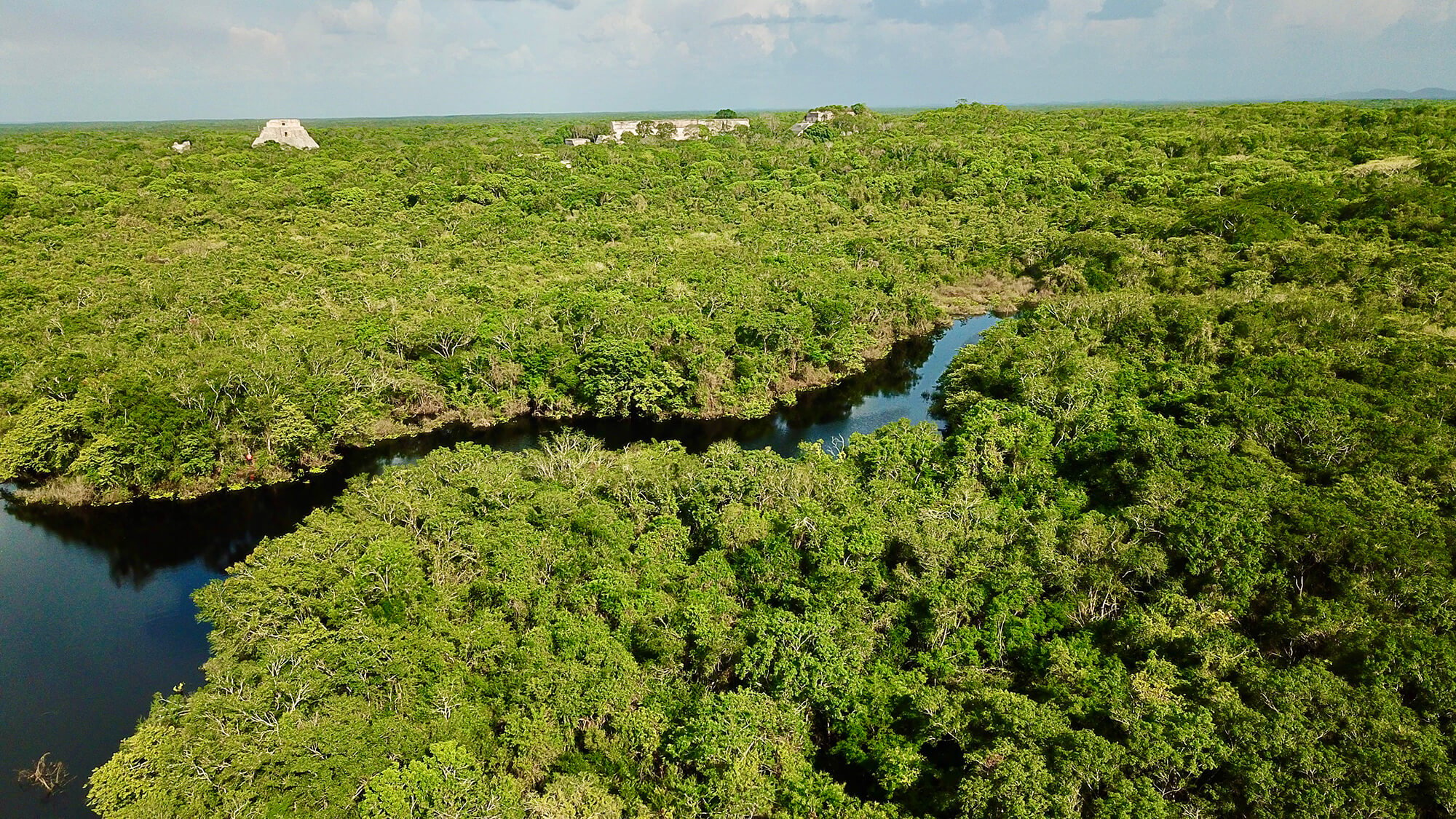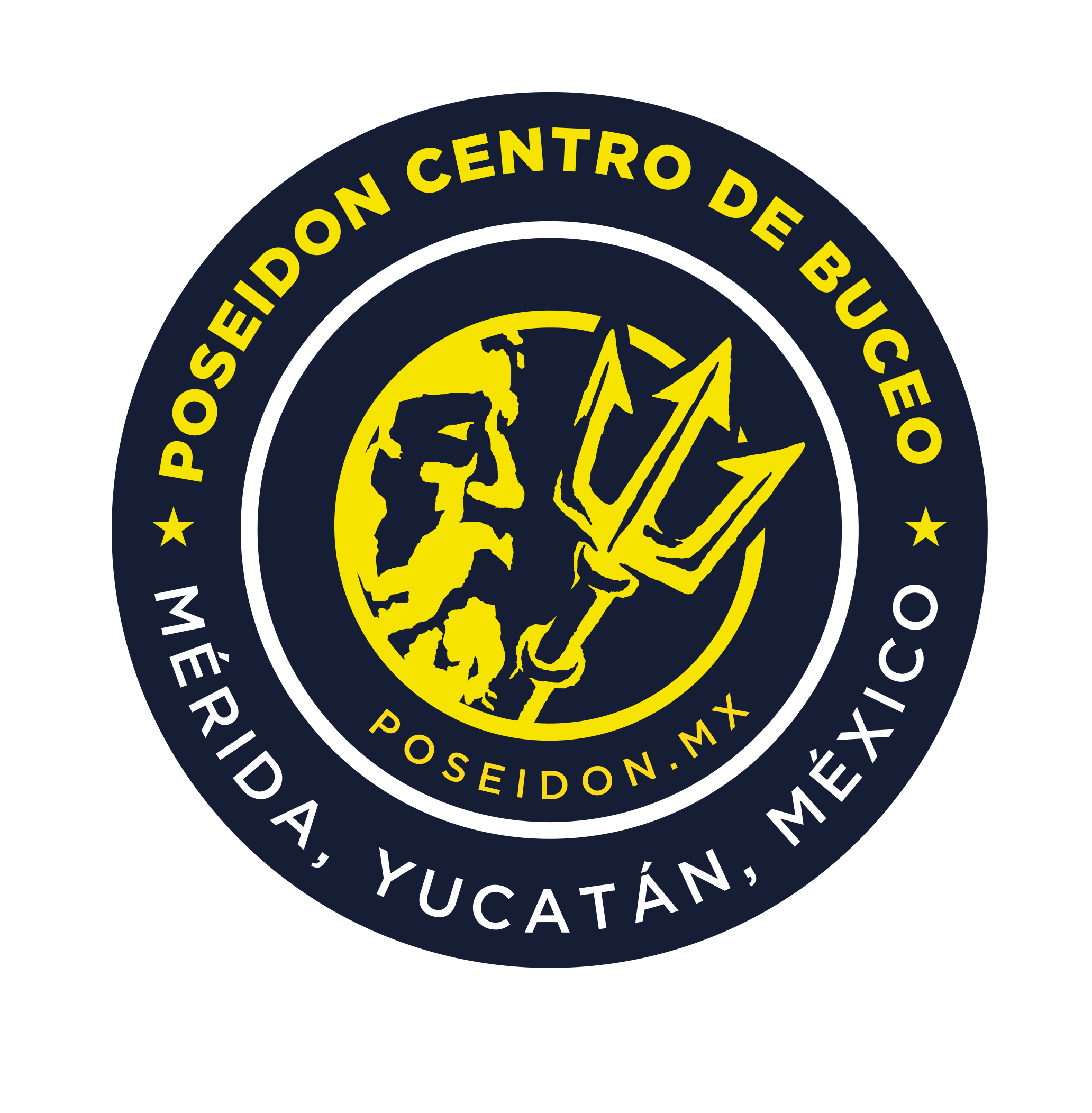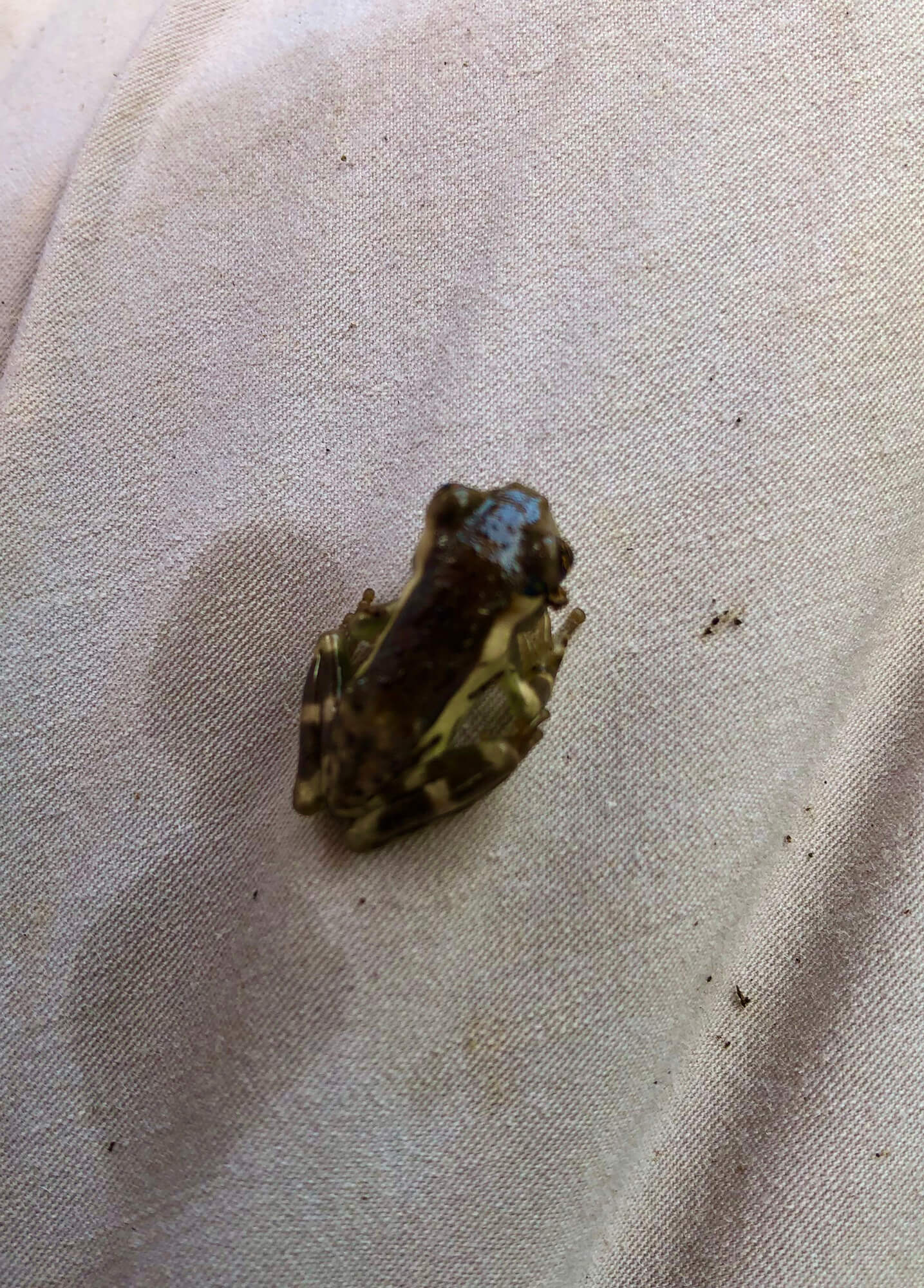Yucatan’s hidden secrets
Water was key for the classic Mayan cities to reach the peak of beauty and sophistication

Uxmal has a secret sea, it is not a joke or poetry. That space of water exists and is called the “Pit of the Serpent”. It is an ancient dam, a product of ancient Mayan engineering. It is a water mirror that had not been filled for decades and for which there was no modern photographic record. Now, for the first time in decades, it can be admired.
Seeing Uxmal at the water’s edge is a magical image and this is the chronicle of what La Jornada Maya did to bring to our readers that almost unreal landscape.

Discrete water
The key is water. No classic Mayan city would have reached the pinnacles of beauty and sophistication that we know of without a safe and sufficient supply of the vital liquid.
However, we seldom look for water or – better said – we seldom ask about the incredible hydraulic systems that culture built to treasure the wealth that Chaac sent him in the rain-laden clouds.

We arrived and admired the pyramids, the temples, the ball games and other wonders in delicately carved stone, but we never wondered about the element that made that society could quench the thirst of its thousands of builders, imagine the purifications of its sacred rituals. and, above all, to make the field produce.
The key is water and nobody asks for it.
This substance was the blood that preserved the life of the Mayan Puuc and, despite that, it left traces that are almost always subtle, discreet and unattractive to the eye. Like everything that matters, water does not need to make fuss and is not distressed if it goes unnoticed, because she knows its relevance and that is enough for her.
Thanks to that elegant discretion, Uxmal has been able to keep hidden, for entire decades, one of its most spectacular treasures: a secret sea, a crescent-shaped lake, Rulfo would say, an engineering piece baptized as Chen chan Akal, “The Pit of the Serpent ”. A reservoir that was the great liquid treasure vault of the metropolis.
When one looks at Uxmal from that secret sea, the perspective and the idea about the entire city change. Suddenly, the city three times built is a city on the water’s edge, with a gigantic mirror to reflect the sky, with an artificial lake that invites to navigate, that generates islets and that required, to build kilometers of boards, a job human as colossal and demanding as necessary to build and align a pyramid to a solstice.
All this secret place exists a few meters from the city wall, a few steps from the areas that tourism routinely walks and, miraculously, nobody records it in memory.
Like water, important things are hidden from everyone’s view, precisely so that, for obvious reasons, nobody sees them.
·  Photo: INAH, Héctor Cahuich and Ulises Carrillo
Photo: INAH, Héctor Cahuich and Ulises Carrillo
The way to Chen chan Akal
To meet its water requirements, Uxmal relied on three complementary storage systems. The chultunes , a kind of cistern excavated in the laja, are the best known ( https://static.lajornadamaya.mx/uxmal/reloj-de-agua.html ). Uxmal has more than 200 chultunes , each with an average capacity to store around 10,000 liters, something comparable to a modern tank, that is, they were relatively domestic systems.
There were also the bukteoob , even smaller than the chultunes , built at the bottom of the rainwater dams and providing the final water reserve, when everything else had been exhausted. However, the backbone of the system was the Akalches , complete dams with huge boards that stored millions of liters, the largest of them all being Chen chan Akal.
Thus, to arrive at Chen chan Akal, that “Pit of the Serpent”, is to visit the engineering work that sustained Uxmal in its activities and essential needs, it is to go to the source of life of a city that reached its maximum splendor a thousand years ago 100 years.
The route is not easy. In a straight line it is less than half a kilometer to the west frank from the tourist end of the archaeological zone. It sounds easy, but it is far from being so. You have to make your way through dense and thorny vegetation carrying kayaks, paddles and photography equipment
 Photo : Ulises Carrillo Cabrera
Photo : Ulises Carrillo Cabrera
 Photo: Ulises Carrillo Cabrera
Photo: Ulises Carrillo Cabrera
Mosquitoes do not forgive even the keepers of the area who are already “used” to them. Wasp combs abound at face height, every 20 to 30 steps you have to stop walking to seek to evade them. You reach the old wall of Uxmal and everyone is already bathed in sweat. However, the demanding path has not even begun.
Thirty or forty steps after the pre-Hispanic wall the dry land ends and the mud begins which very soon gives way to the wetland and, later, to the water at knee height. Each step must be won over to the vegetation. It is a succession of moving branches, pulling, pushing and watching very well where the foot sinks in very dark brown water.
 Photo: Ulises Carrillo Cabrera
Photo: Ulises Carrillo Cabrera
Half an hour passes and you barely move a few meters. Then 30 more minutes go by of a very slow advance and José Huchim, accompanied by Abraham Che, comes forward looking for a practicable route. Communication is lost, the voice is raised and nobody responds, they spend 5 and then 10 minutes stranded in the swamp and, finally, the advanced ones appear among the vegetation. They are in total boil for having found a way.
 Photo: Ulises Carrillo Cabrera
Photo: Ulises Carrillo Cabrera
Everyone picks up the pace. The boats make their way, and suddenly the swamp is over. We find dry and high land.
The path goes up and up, it is José Huchim who explains to us that we no longer tread on natural terrain, we are walking on one of the edges of the Chen chan Akal. We are transiting, following the strict instructions of the archaeologist, by Mayan engineering applied to capture rainwater on a monumental scale.
They are millenary boards, wide, firm, made to walk with heavy loads of water, which demonstrate pre-Hispanic knowledge of currents, rain runoff, elevations and depressions of the terrain, as well as the impervious characteristics of the soil and subsoil.
We reached the highest point of that topography created by the Mayan civilization and nothing is seen. We walk a little more and the terrain begins to descend. The path becomes narrower and suddenly, abruptly, we find the promised water. There, before our eyes, in all its glory, is the reservoir of water that gave life to Uxmal. The humble emotion invades the group, we are contemplating something that had not been visible in decades.
The Serpent Pit
The Chen chan Akal is bigger than we expected and has no muddy banks, but well-established boards despite centuries, collapses and fissures. A few meters from the shore, the water reservoir built in the splendor of Uxmal is still more than two meters deep. A little further our rudimentary measurements indicate more than five meters. Huchim corrects us and tells us that the studies of years ago indicate that it is perhaps six meters that this dam – first documented by John Lloyd Stephens and Frederick Catherwood – has as its maximum depth.
We all remain silent for a few minutes and respectfully prepare ourselves to visit this Serpent Pit, and if the sacredness of the place allows us, row and cross it entirely. We request permission from the spiritual owners of these vestiges and, with great care, we place the boats on the water of this magical and unreal space.
 Photo: Ulises Carrillo
Photo: Ulises Carrillo
 Photo: INAH- Héctor Cahuich
Photo: INAH- Héctor Cahuich
Christopher, Isidore and Chaac
Isidoro, Cristóbal and the fury of Chaac have left entire devastations in the land of the Mayab, but among all this fury they also leave us a Mayan dam that once again recovers its capacity and can be admired in its true ingenuity and magnitude.
Only an incessant rain of days and nights could recharge a dam system fractured by the passing of the centuries and hurt in its original conception and calculation by climate change and the now erratic precipitations.
We managed to cross the water reservoir and from the western shore of Chen chan Akal we looked up using the eyes of a drone. There we discovered a different Uxmal. We can see, for the first time, a city on the edge of the water and the water on the edge of the city.
Uxmal is suddenly the city with dilemmas that remain contemporary. It is the city that stored the rain for the dry times. Chance has willed that we have to make one of the few photographic records of this gift of current engineering of the Puuc. We keep quiet, it is time for the images to speak:
 Photo: INAH- Héctor Cahuich
Photo: INAH- Héctor Cahuich
 Photo: Ulises Carrillo Cabrera
Photo: Ulises Carrillo Cabrera
 Photo: INAH- Héctor Cahuich
Photo: INAH- Héctor Cahuich
The secret sea
The electricity is over and with great regret we must return. José Huchim makes a last raft trip over the body of water that tests many of the hypotheses of his archaeologist thesis. Yes, Uxmal is not only an architectural beauty, it is an engineering treasure.
Yes, the Serpent Pit is as important to Uxmal’s glory as the Pyramid of the Fortune Teller or the Nunnery Quadrangle.
After seeing Uxmal from the west, with that artificial sea in the foreground, it is inevitable to change our perspective on the city and its builders. Memory registers the Mayan metropolis differently and for good. Uxmal is another, always has been, it’s just that we had not turned to see what was in full view.
Thanks
None of this report would have been possible without the support of the National Institute of Anthropology and History (INAH) and the archaeologist José Huchim, who reserved for La Jornada Maya the privilege of sharing his first expedition in the waters of Chen chan Akal. Our most sincere thanks to José Huchim, “El navegante”.
Our recognition is also to Héctor Cahuich for his patience with photography and the drone operation with enormous skill. Thanks to Abraham Che, César Huchin and Oscar Che for opening the path and crossing the Serpent Pit without knowing how to swim. They gave us their trust. María Balam and Rosa Díaz should be mentioned for their help in administrative tasks.
We also thank the entire INAH team in Yucatan, especially the anthropologist Eduardo López Calzada for all the facilities provided.

Finally, La Jornada Maya thanks POSEIDÓN Diving Center and Silcer PRO-SHOP for all the support of services and equipment they gave us to make the logistics of this report possible. Everyone’s safety and having the necessary equipment, always operated by professionals, made the difference. Special thanks to Aarón Díaz.

The first passenger
This rudimentary expedition made us learn – the bad way – to ask permission before visiting Uxmal. The aluxes took it upon themselves, with various strange accidents – such as the tragic disconnection and loss of a drone – to remind us of the proper humility to ask before moving on.
With that idea and lesson in mind, we didn’t dare cross the Serpent Pit without taking a licensed local passenger. The first to say “I” was a beautiful frog that spontaneously accompanied us in the kayak. She was our totem and consent. We can not stop paying tribute. That was the deal.
 Photo: Ulises Carrillo Cabrera
Photo: Ulises Carrillo Cabrera
 Photo: Ulises Carrillo Cabrera
Photo: Ulises Carrillo Cabrera
Source: lajornadamaya.mx





